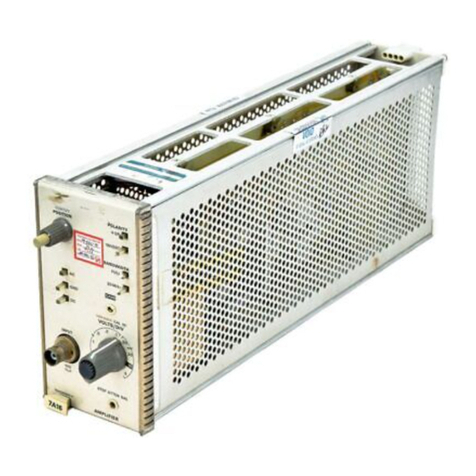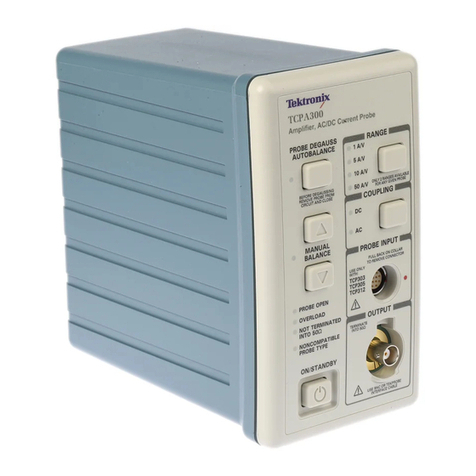Tektronix 59 Product guide
Other Tektronix Amplifier manuals
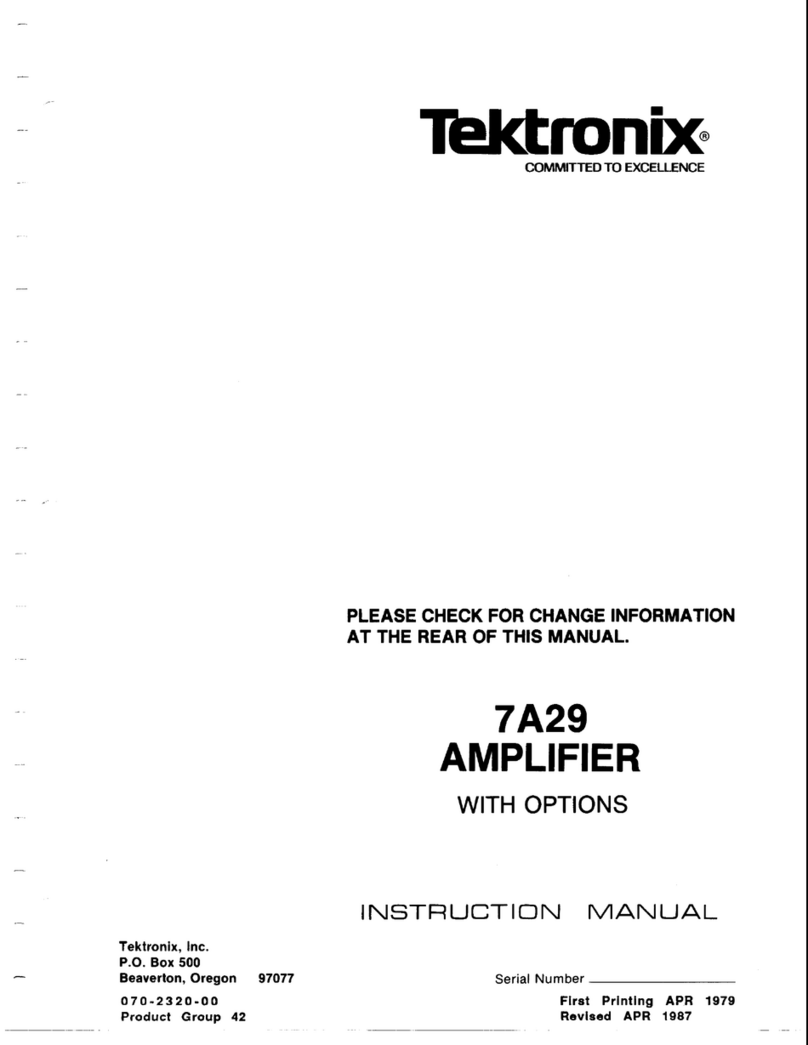
Tektronix
Tektronix 7A29 User manual
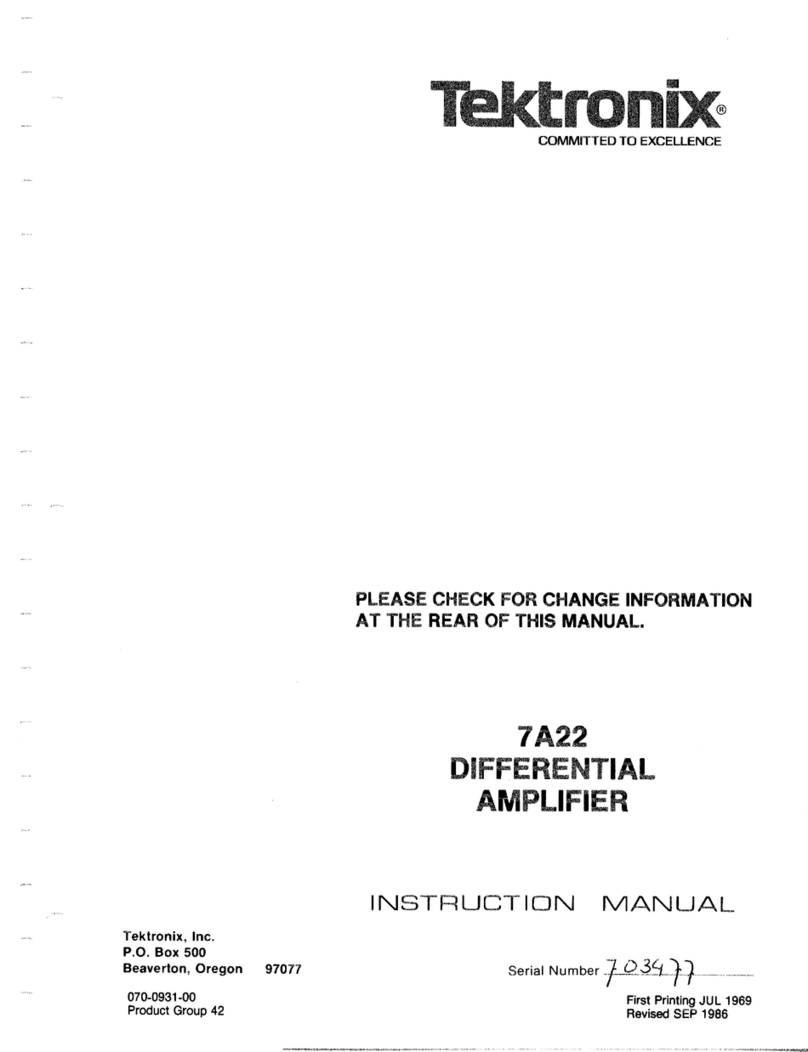
Tektronix
Tektronix 7A22 User manual

Tektronix
Tektronix 3240 User manual
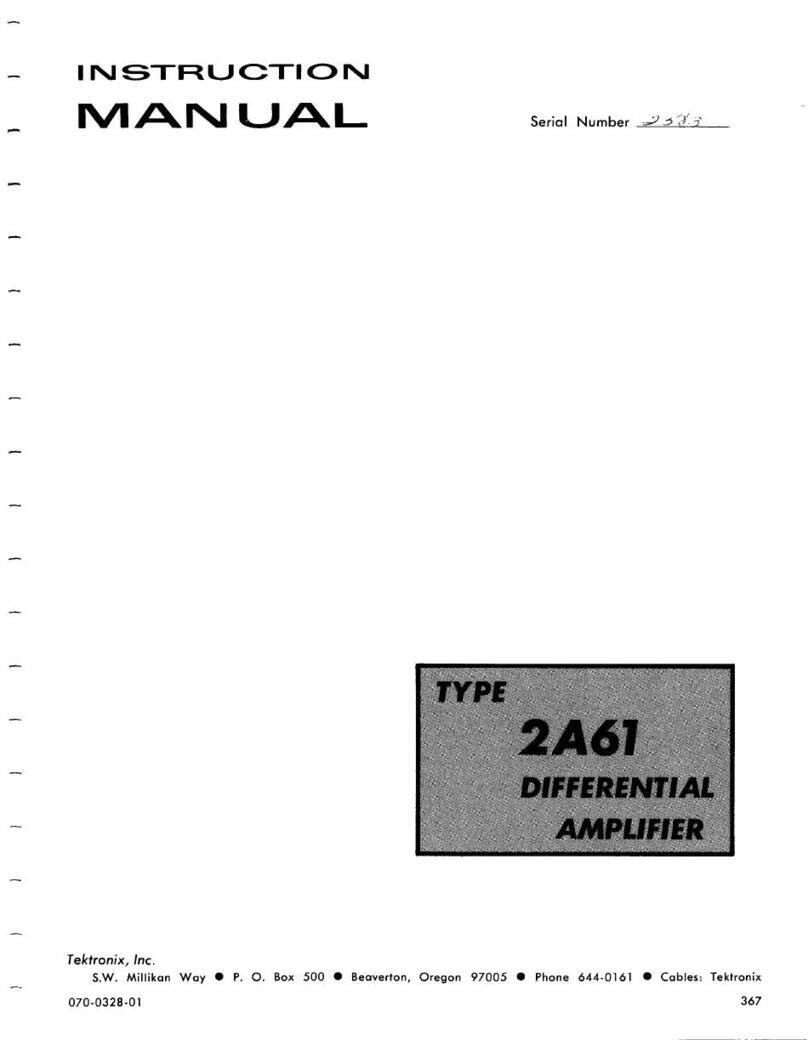
Tektronix
Tektronix 2A61 User manual
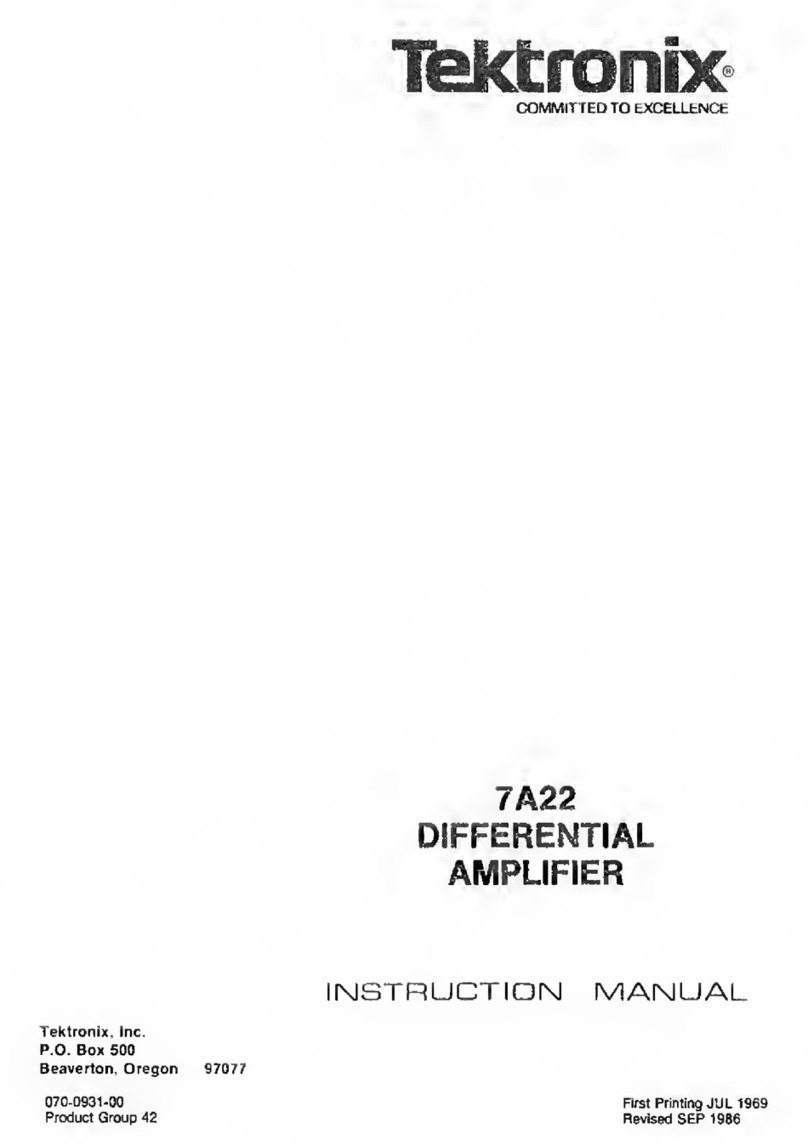
Tektronix
Tektronix 7A22 User manual
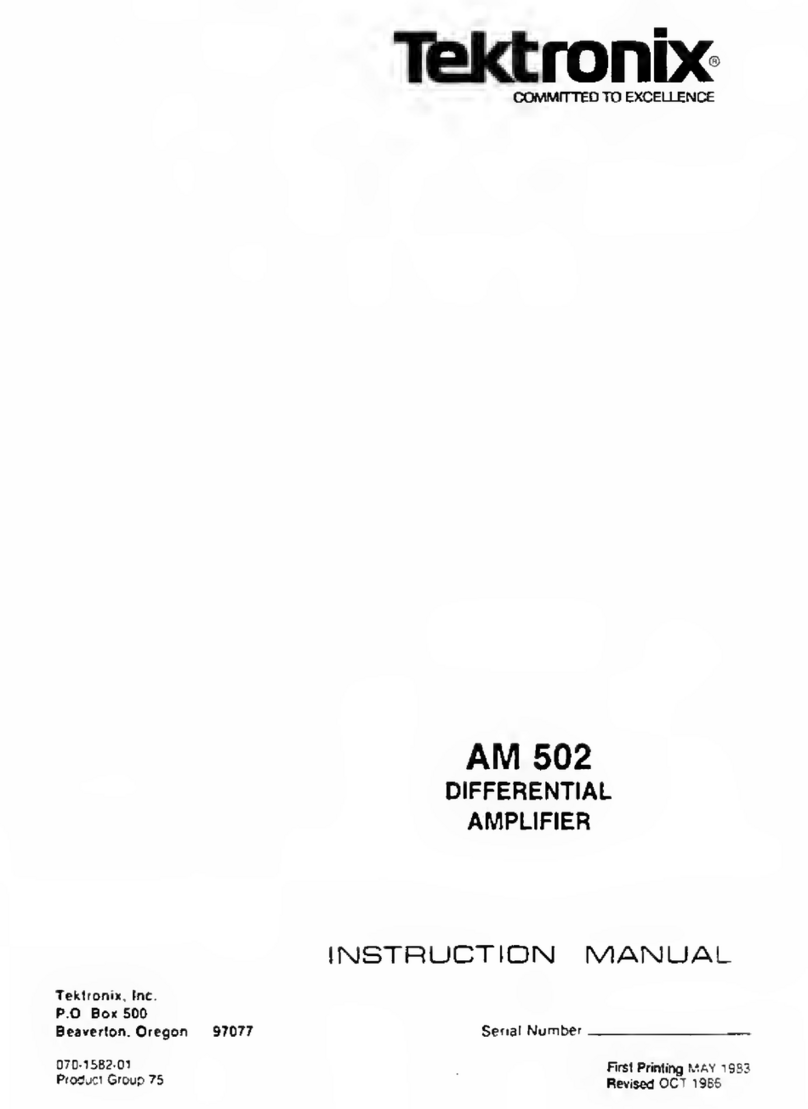
Tektronix
Tektronix AM 502 User manual
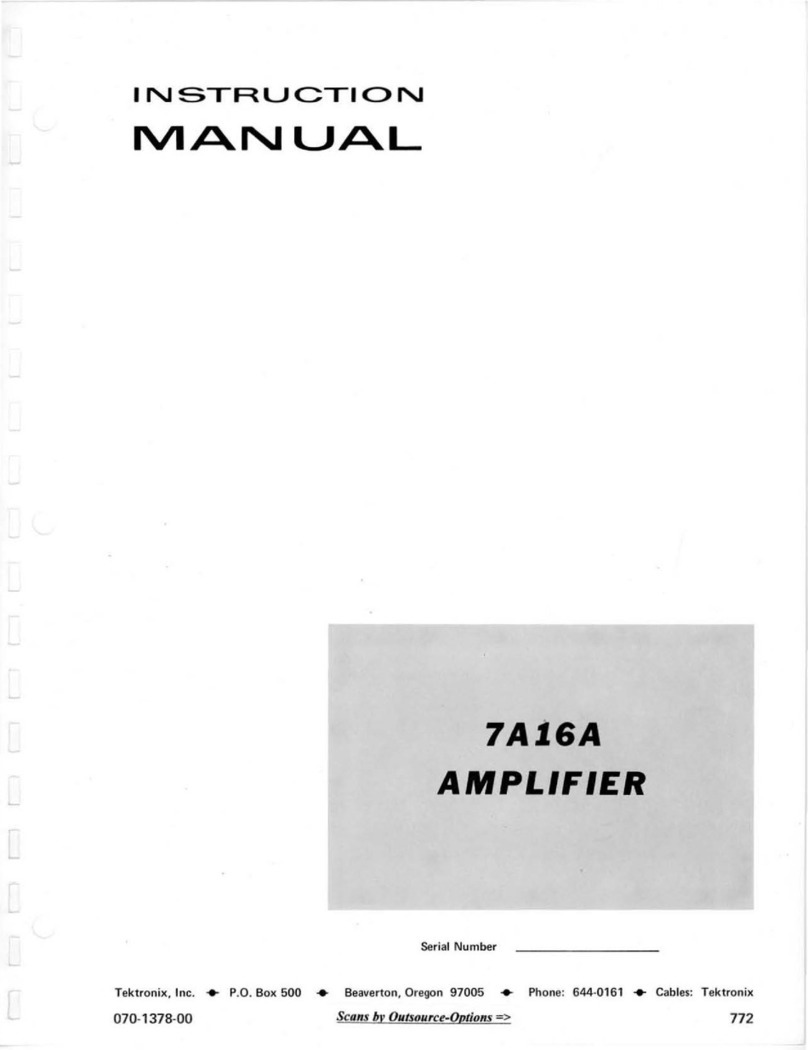
Tektronix
Tektronix 7A16A User manual

Tektronix
Tektronix 7A22 User manual

Tektronix
Tektronix 2A63 Product guide
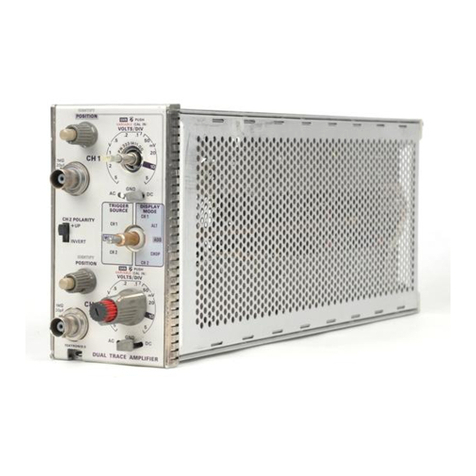
Tektronix
Tektronix 7A18 User manual
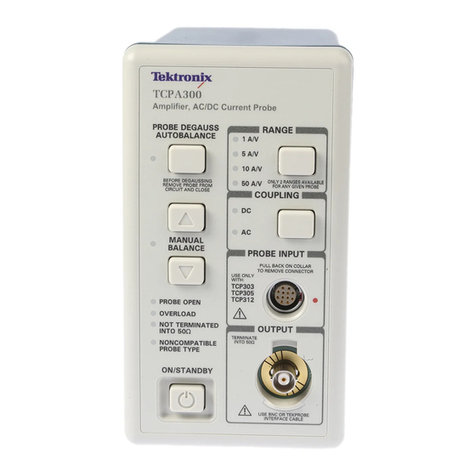
Tektronix
Tektronix TCPA300 SERIES User manual

Tektronix
Tektronix 7B53A User manual

Tektronix
Tektronix 7A13 User manual
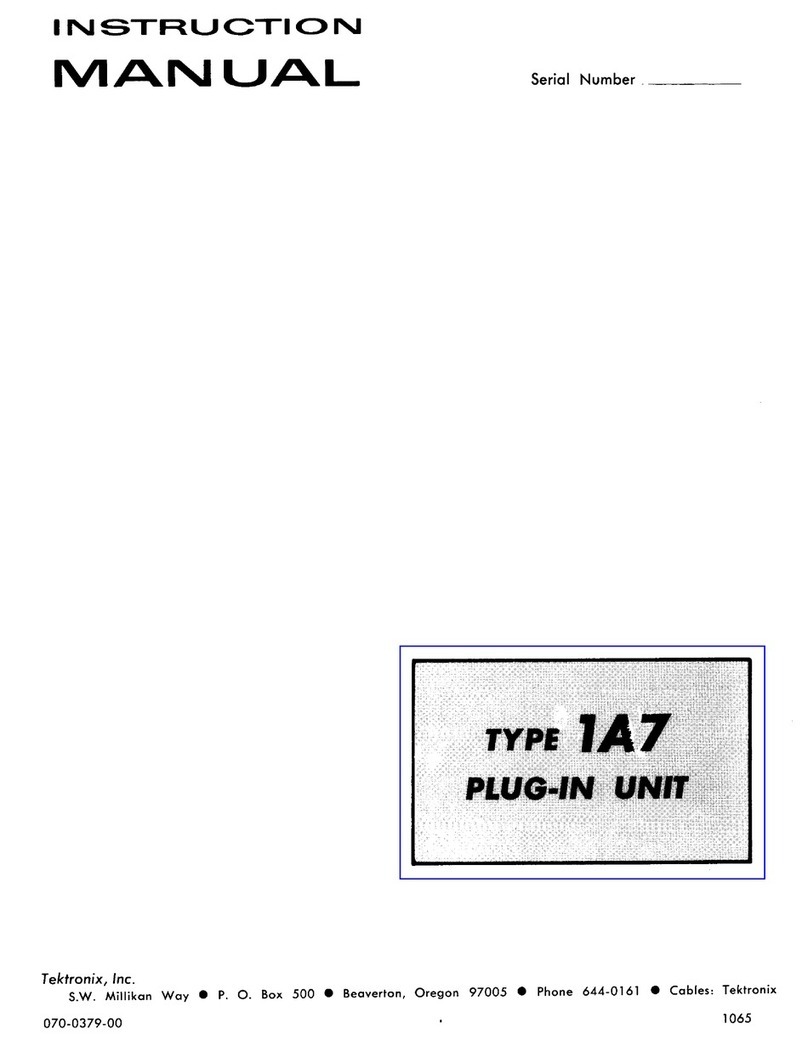
Tektronix
Tektronix 1A7 User manual

Tektronix
Tektronix Z User manual
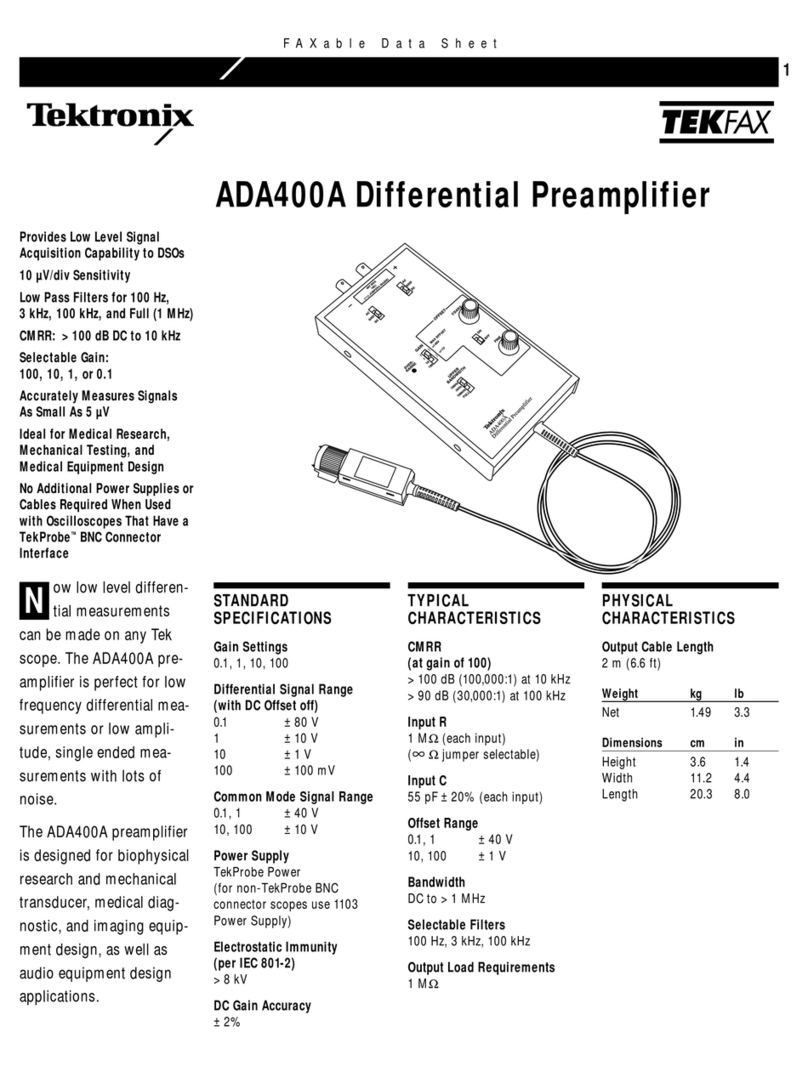
Tektronix
Tektronix TEKFAX ADA400A User manual
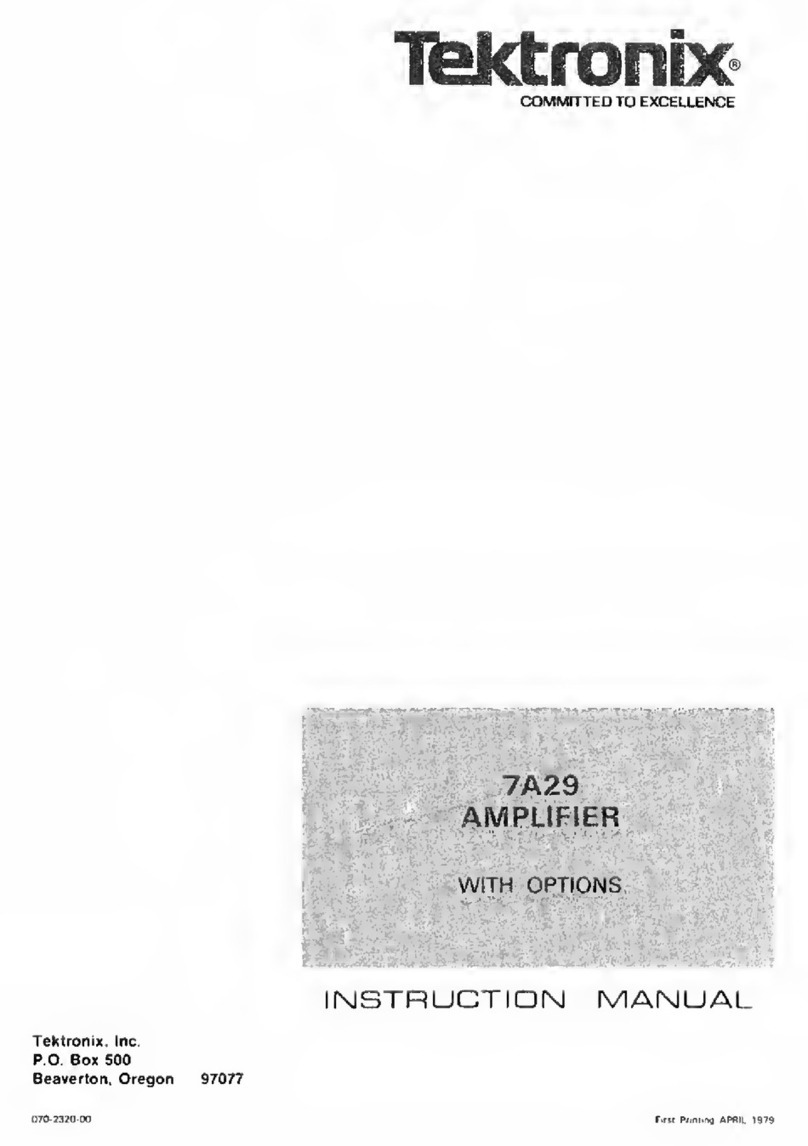
Tektronix
Tektronix 7A29 User manual

Tektronix
Tektronix AM 502 User manual
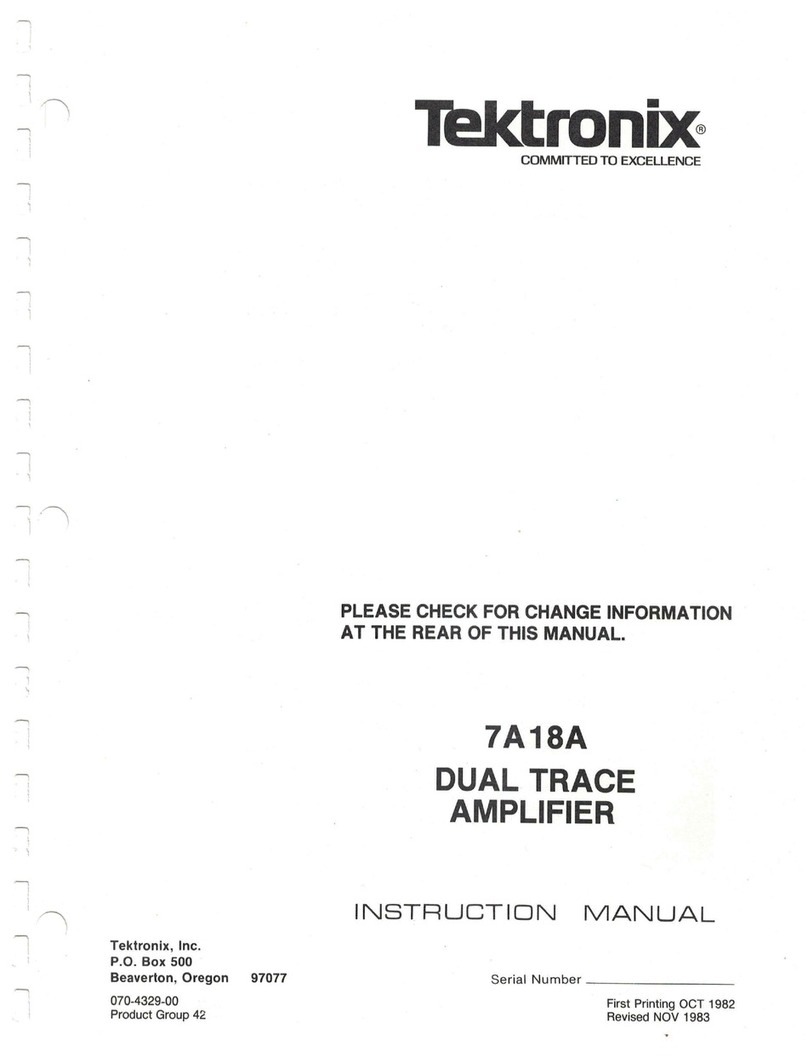
Tektronix
Tektronix 7A18A User manual
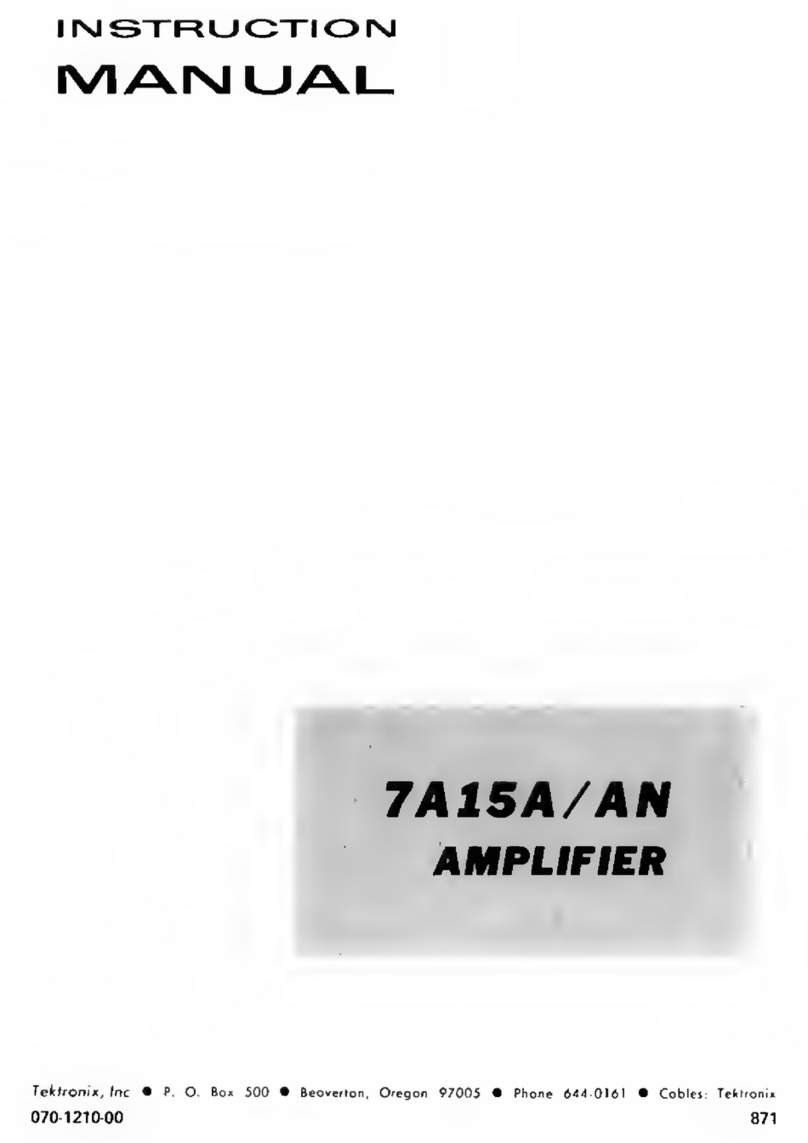
Tektronix
Tektronix 7a15a User manual
